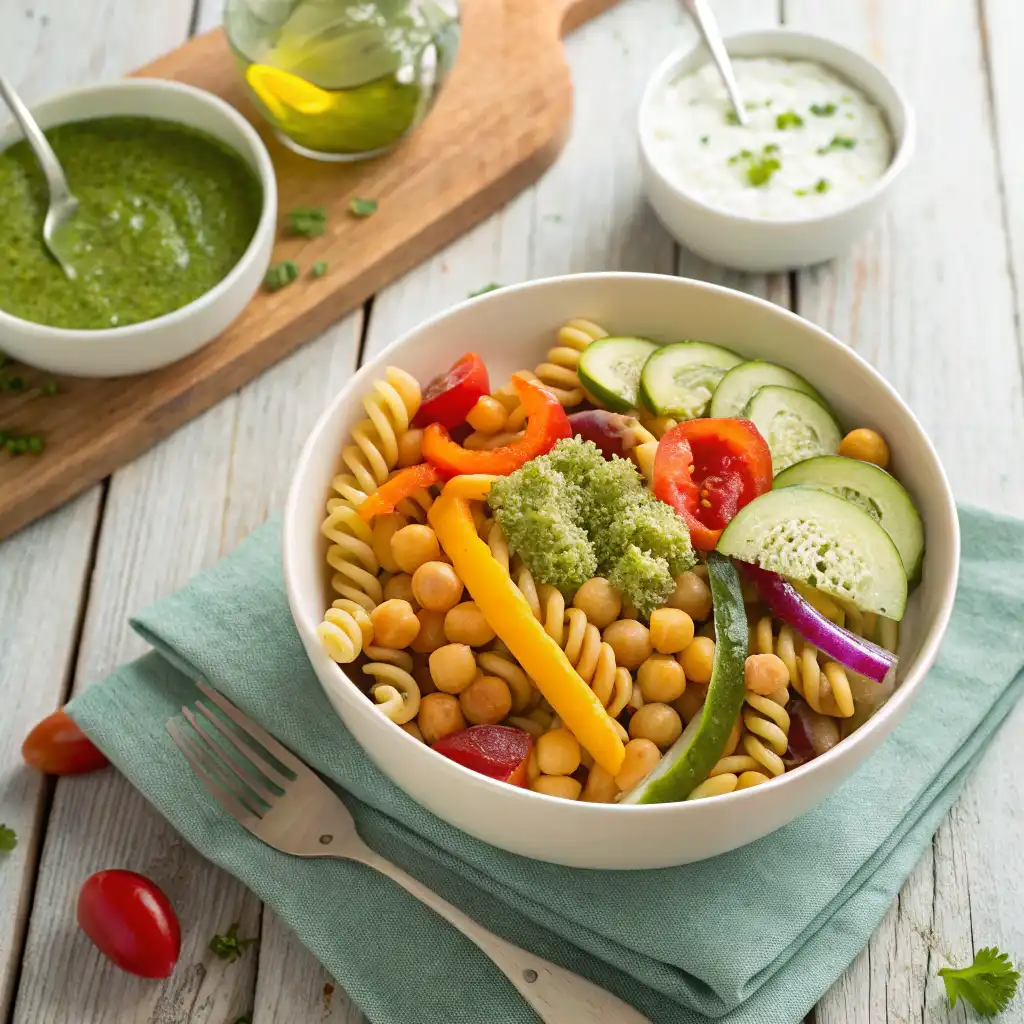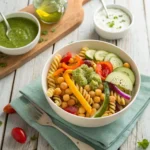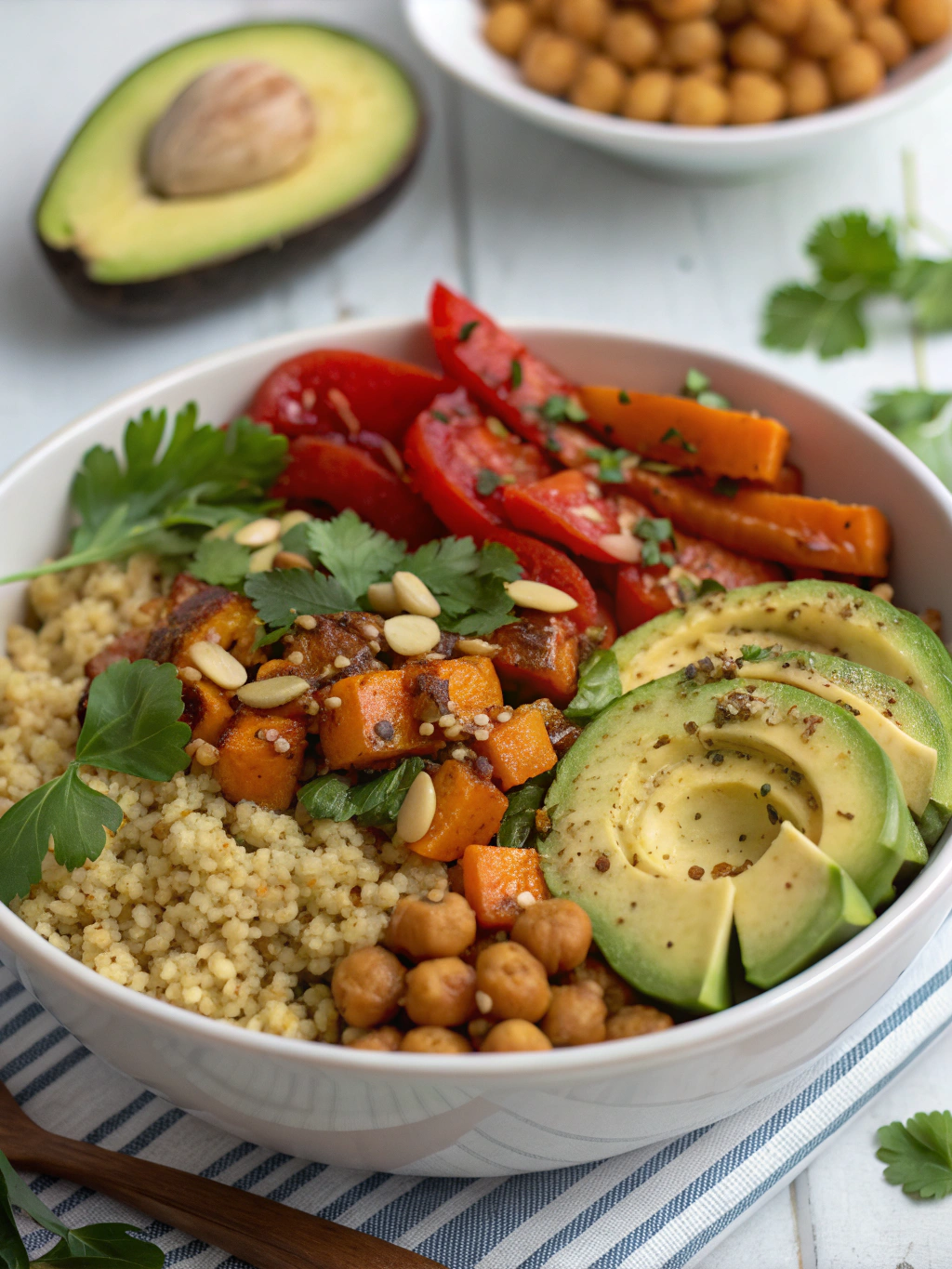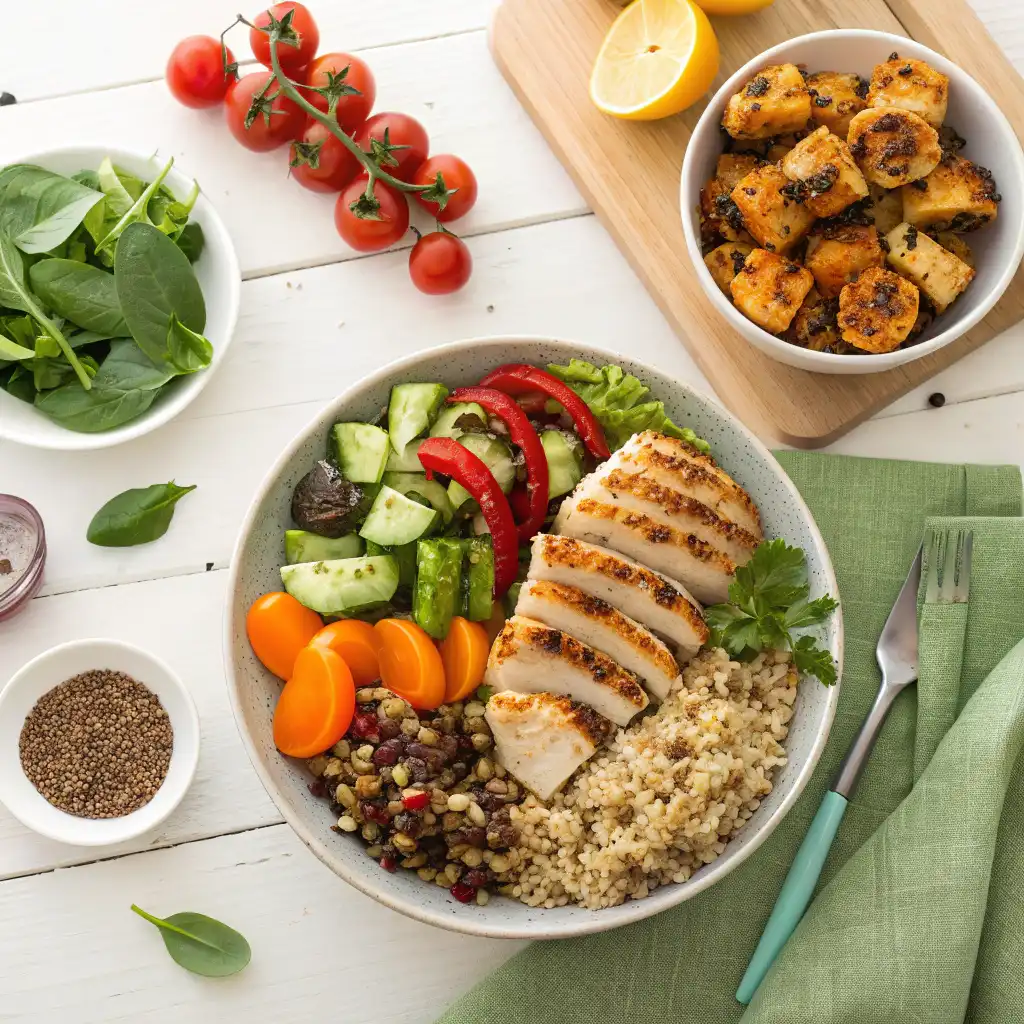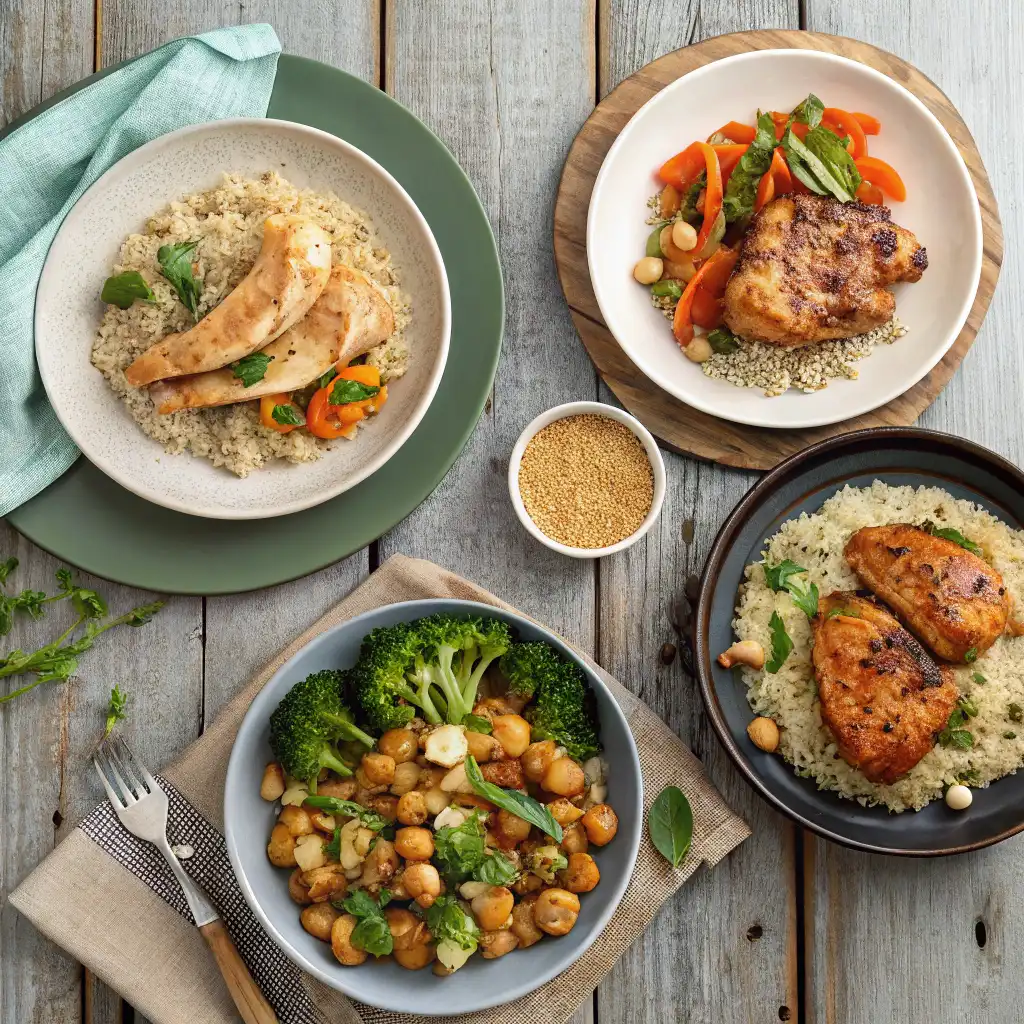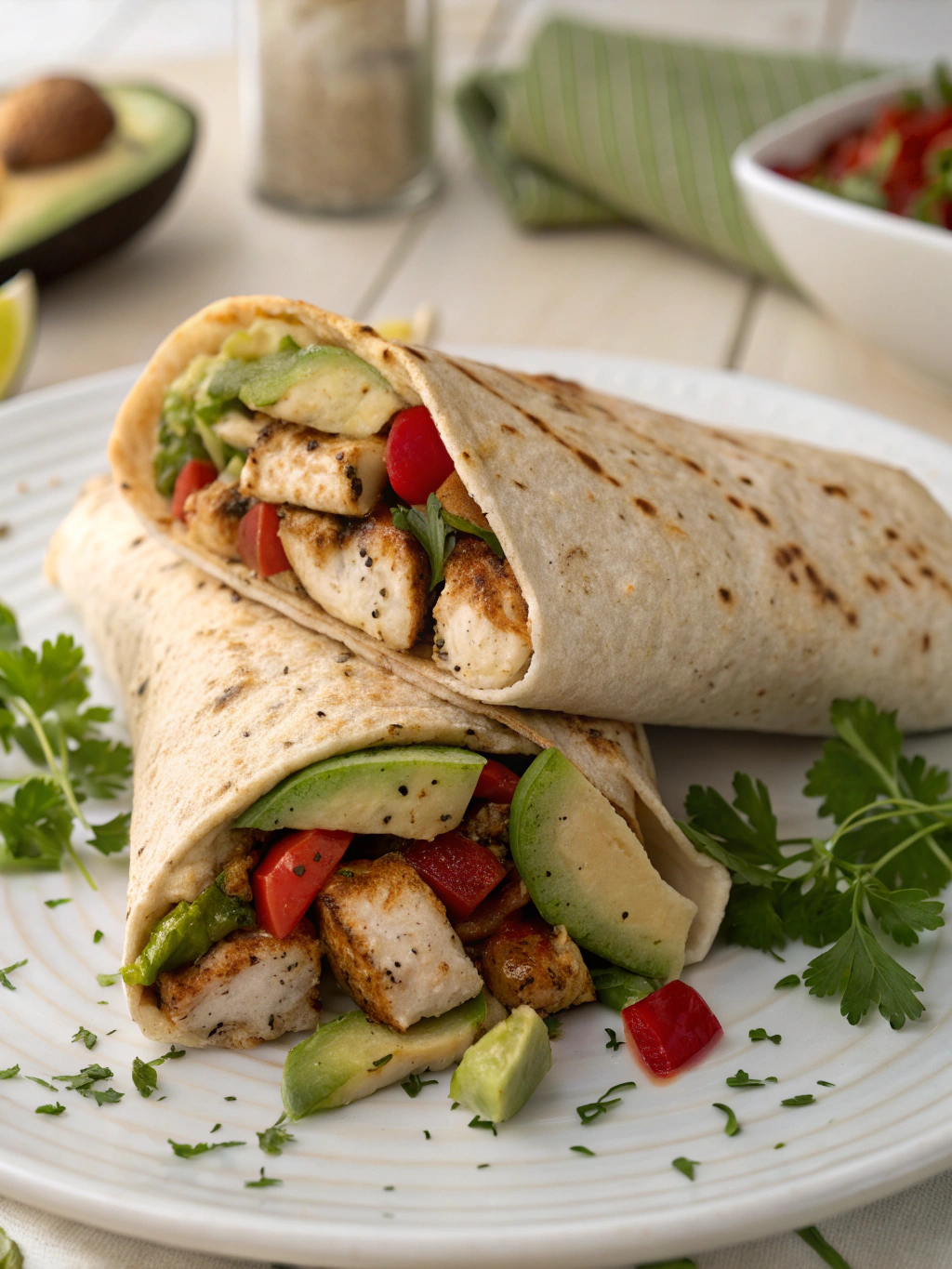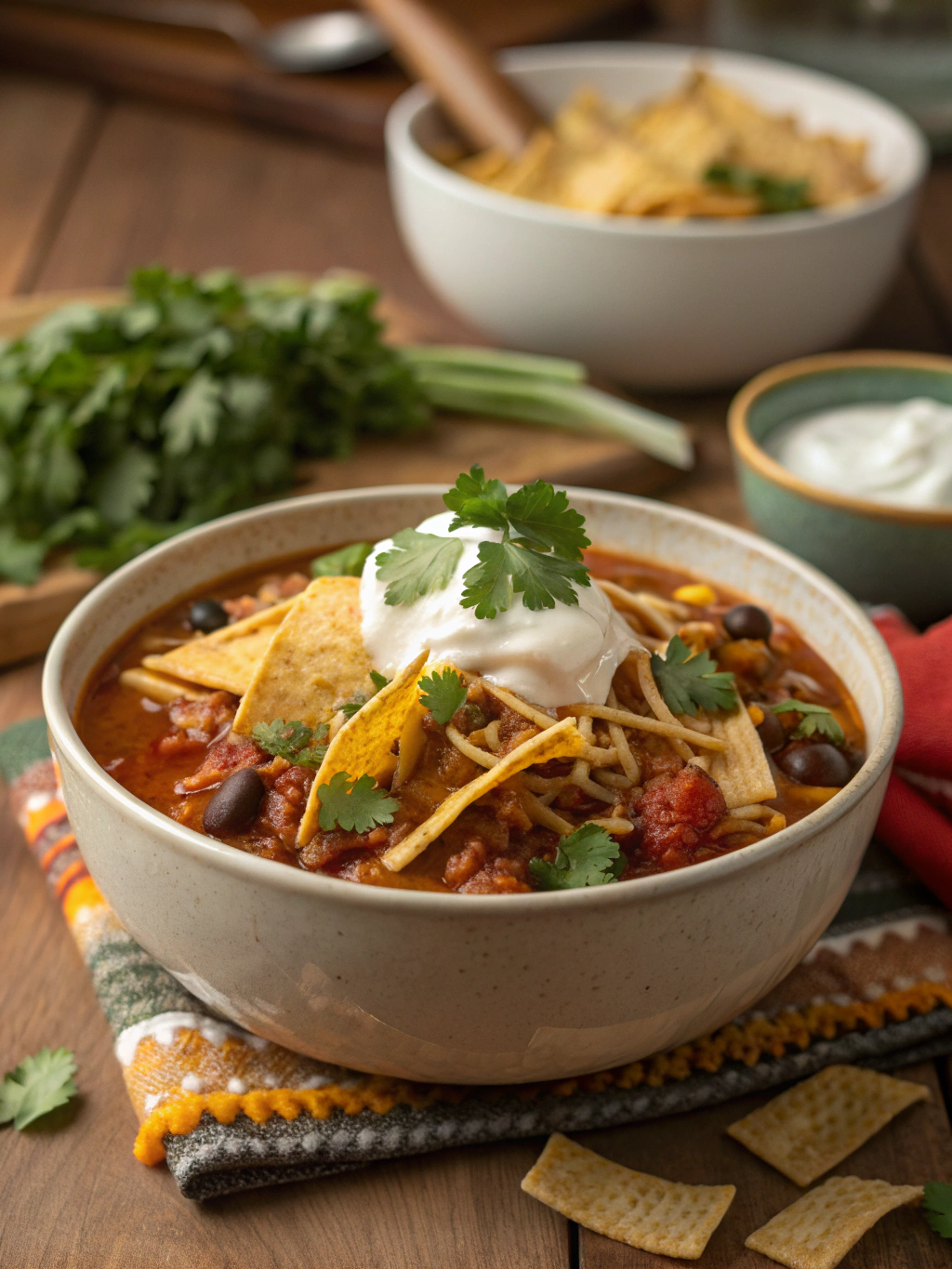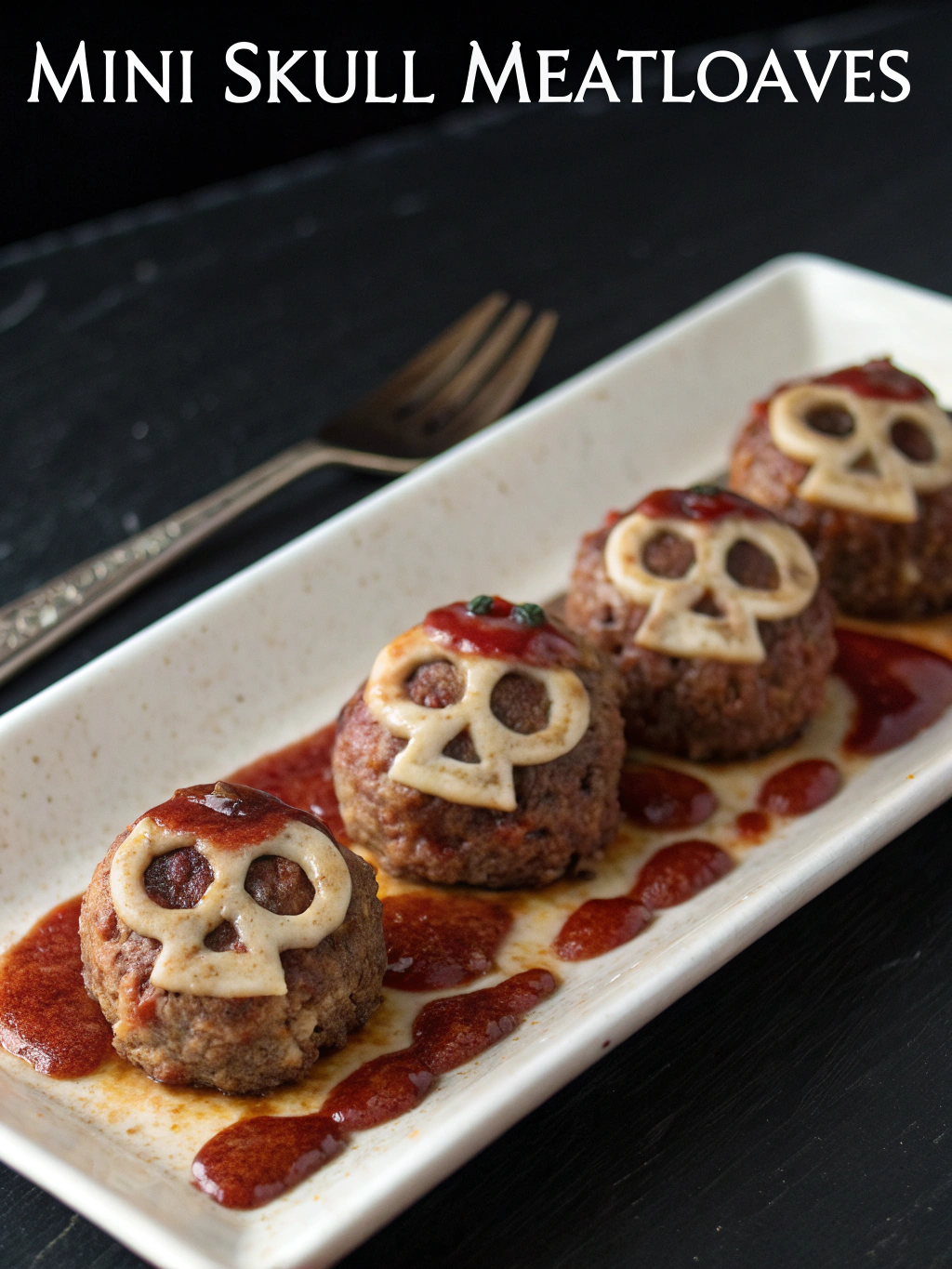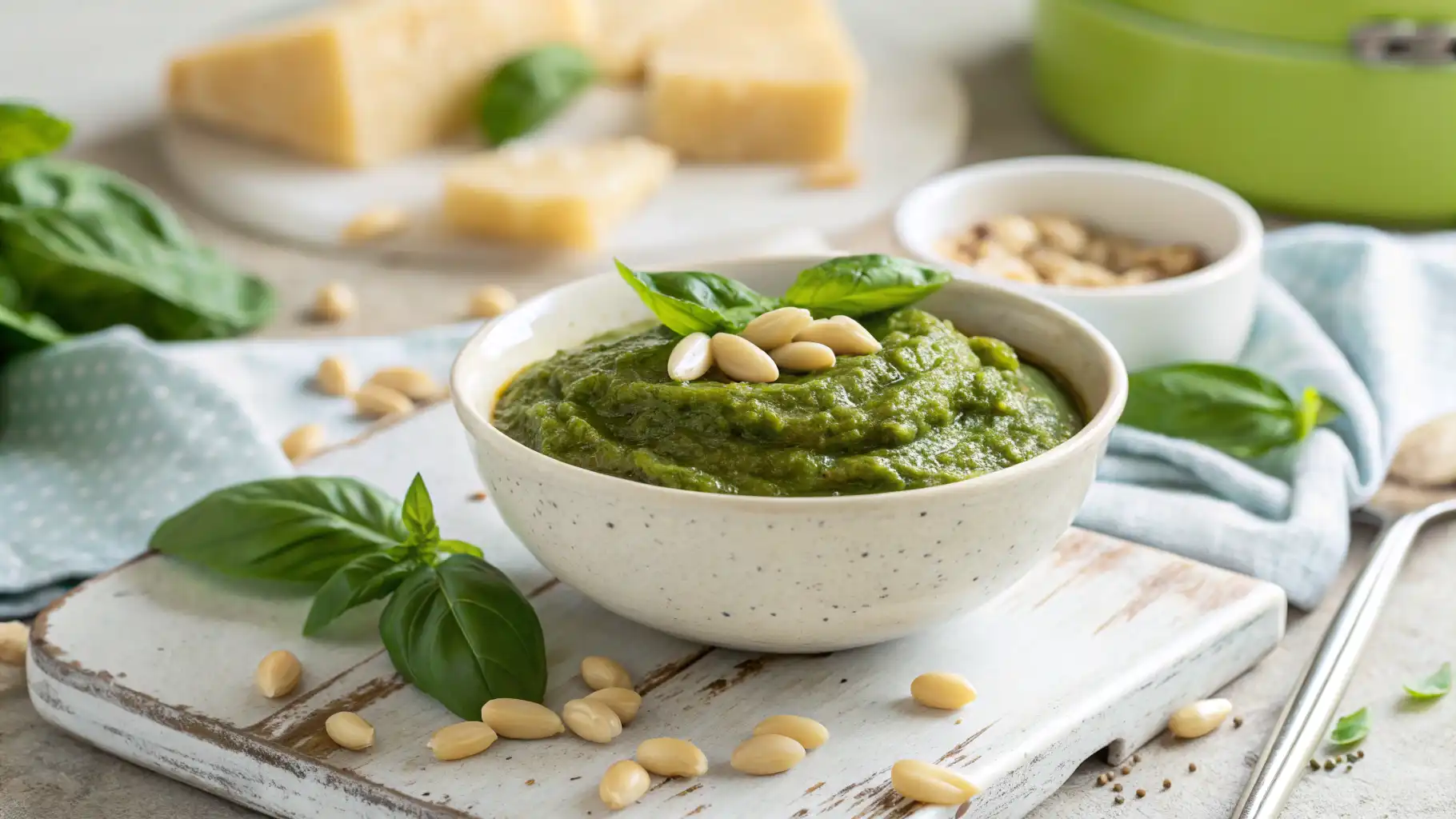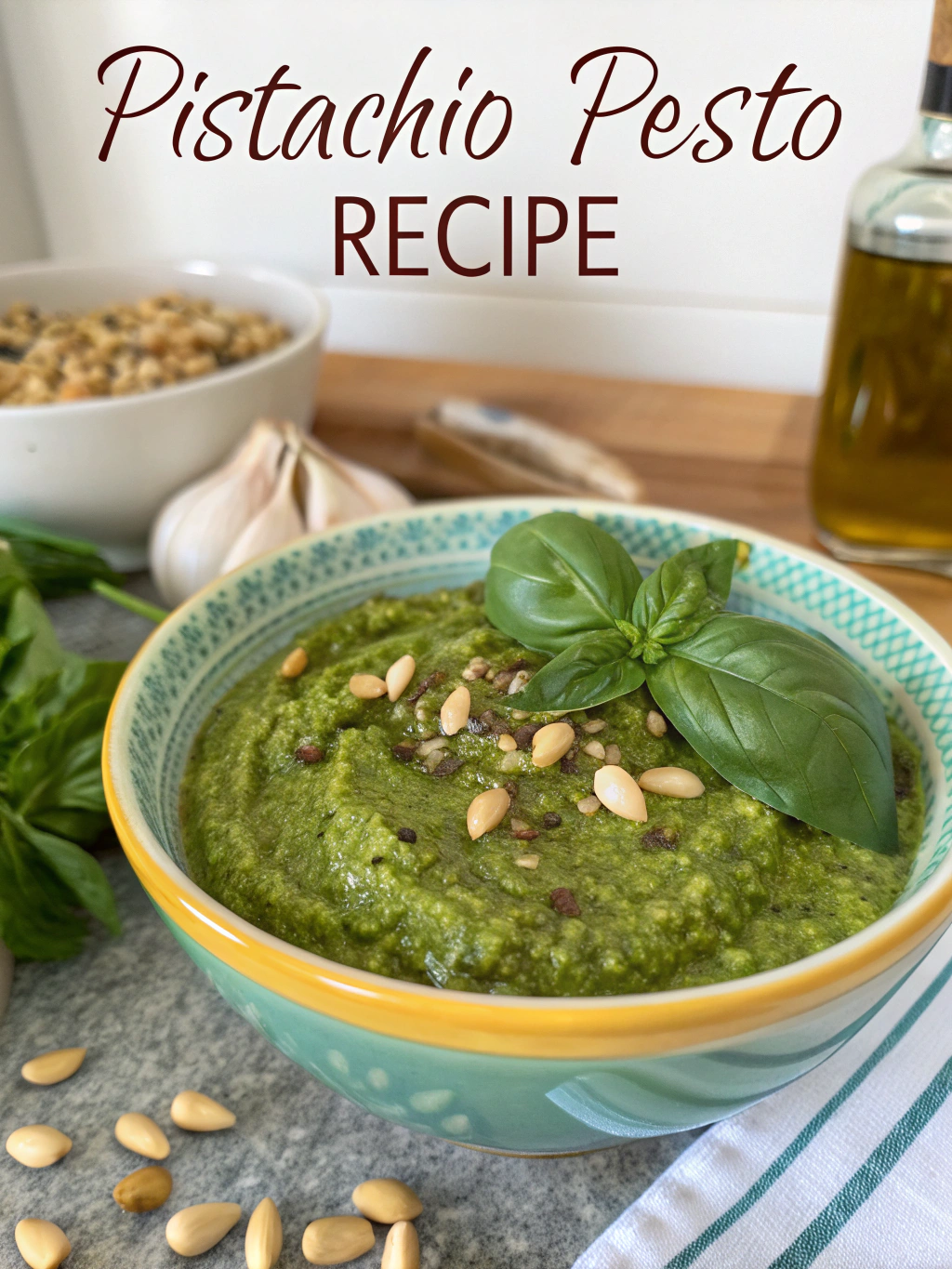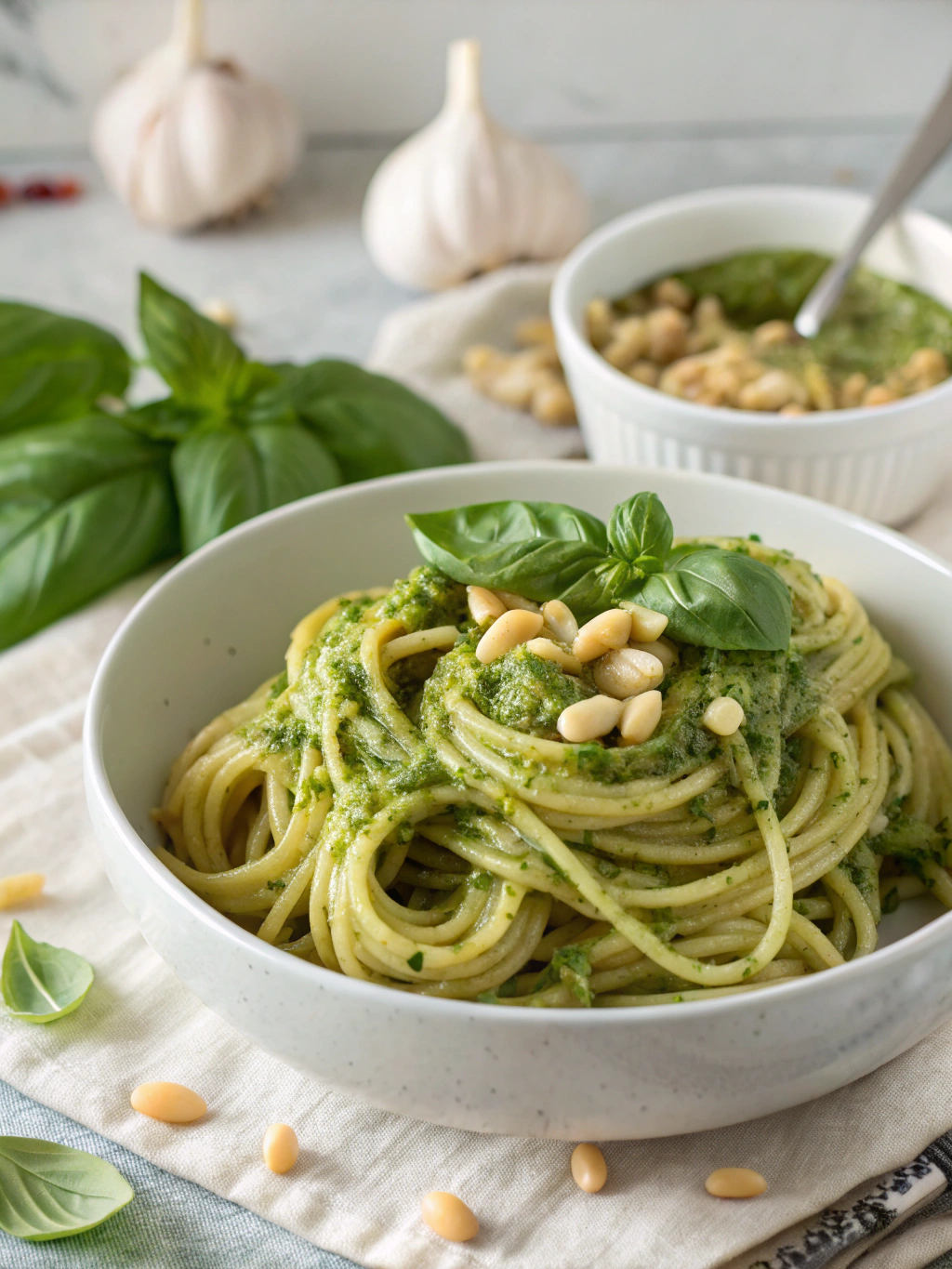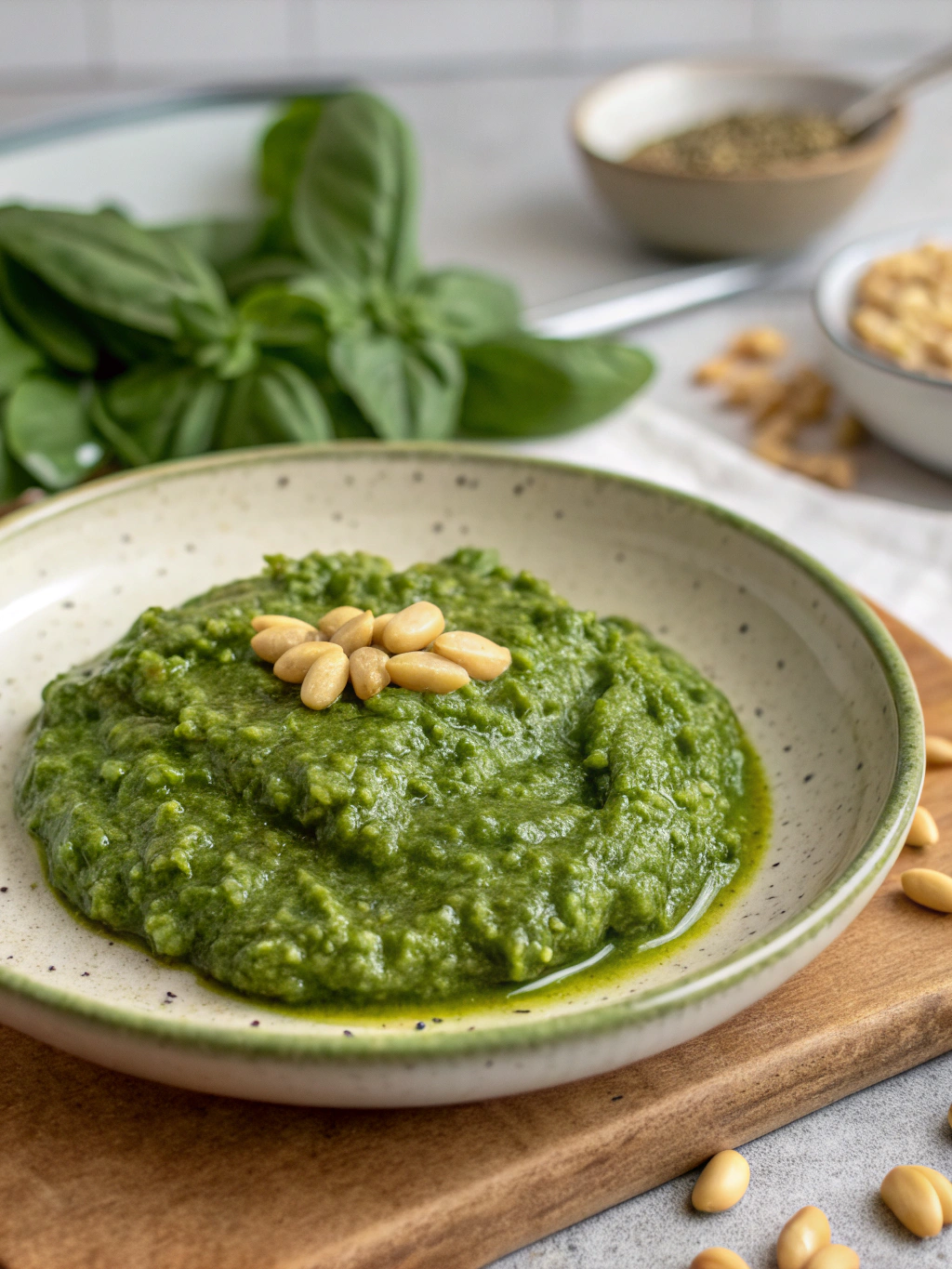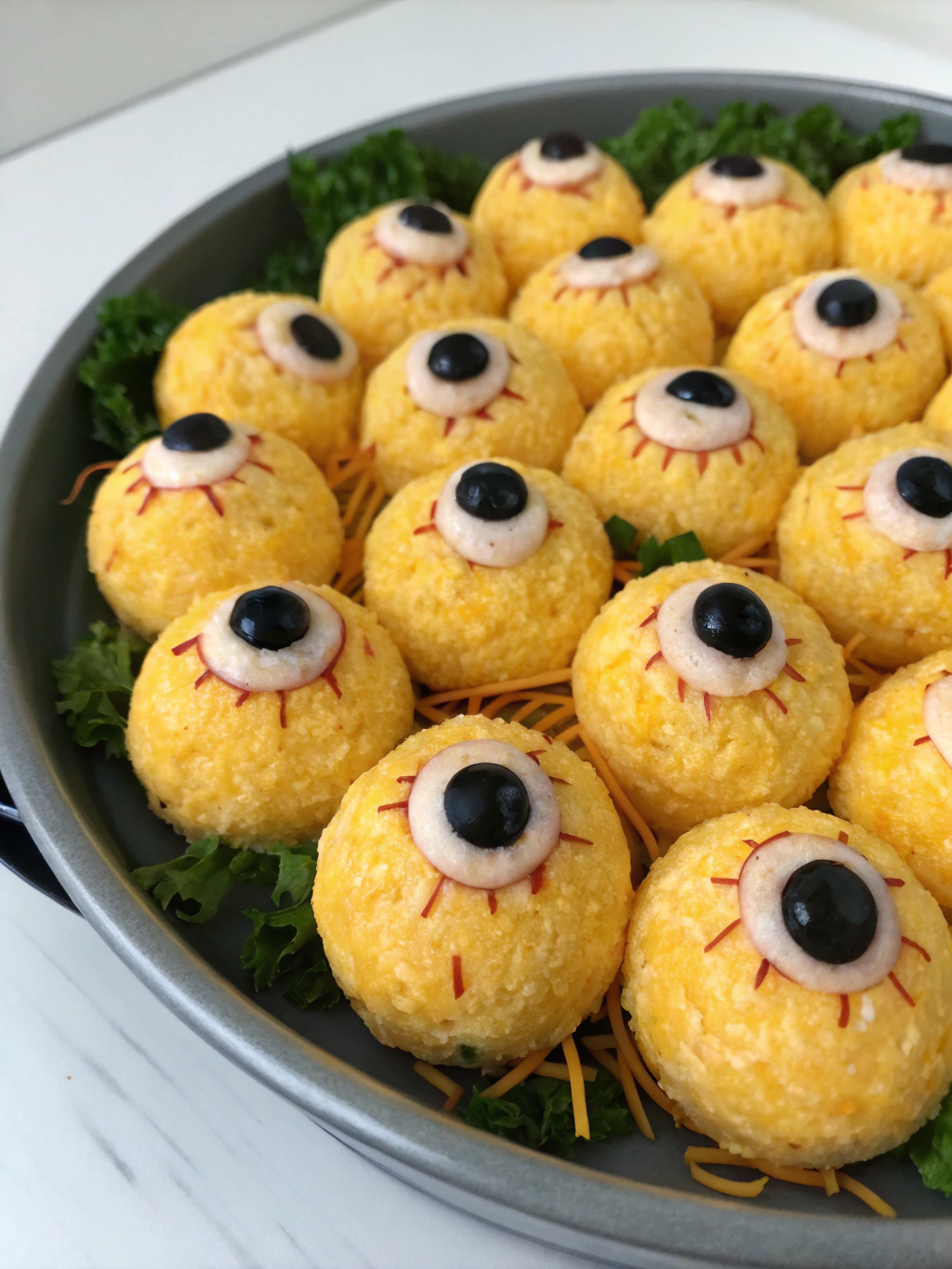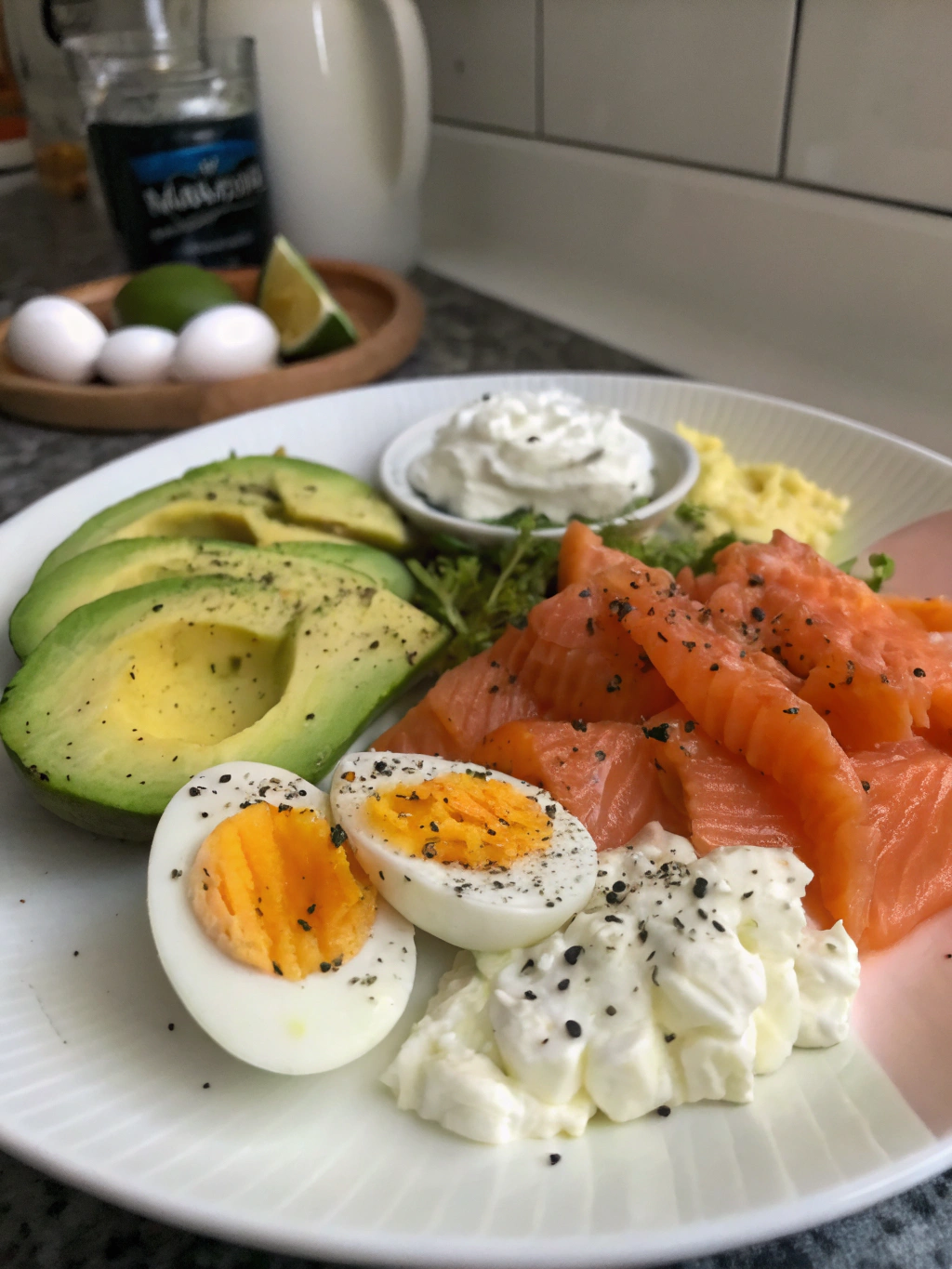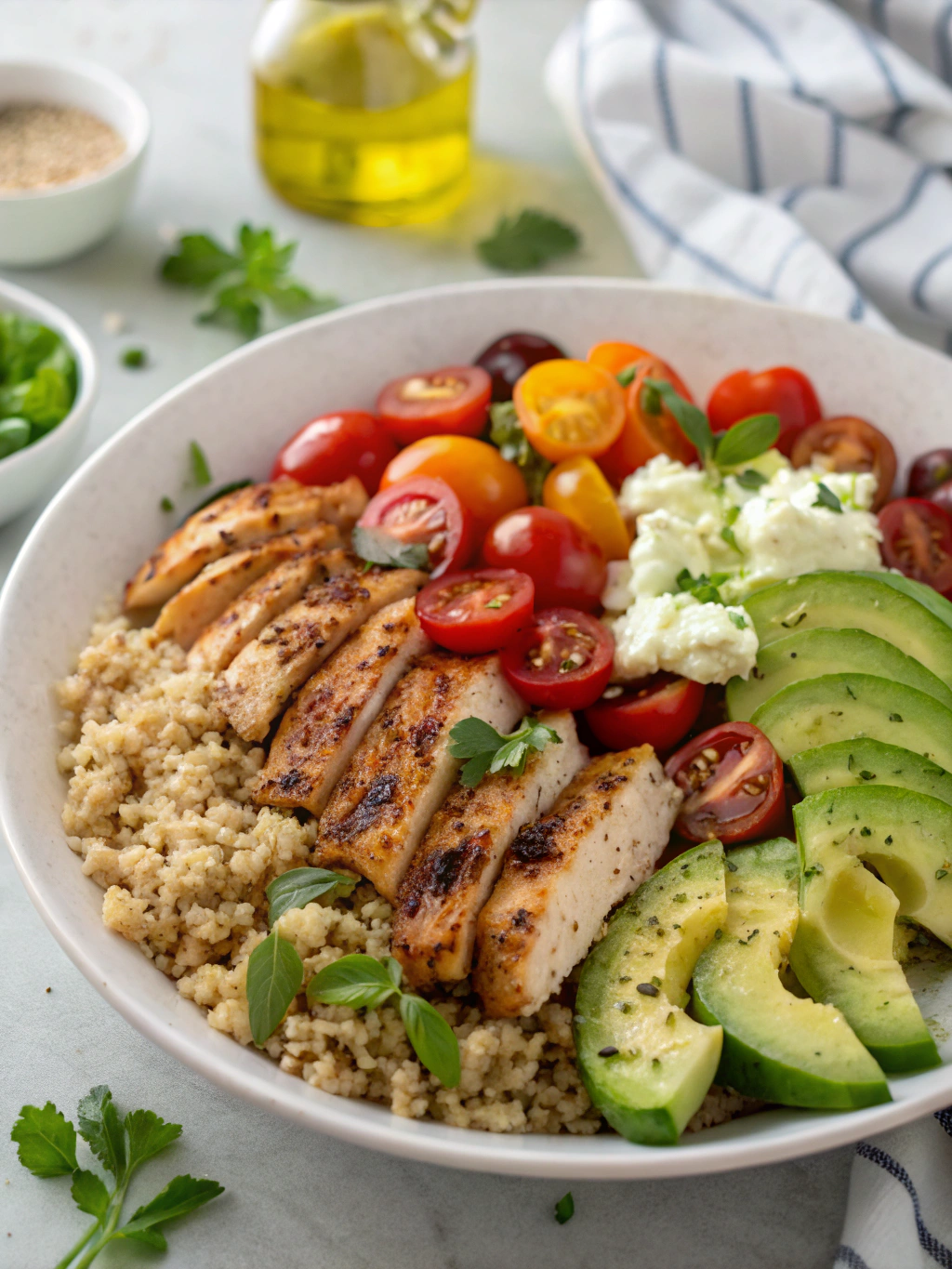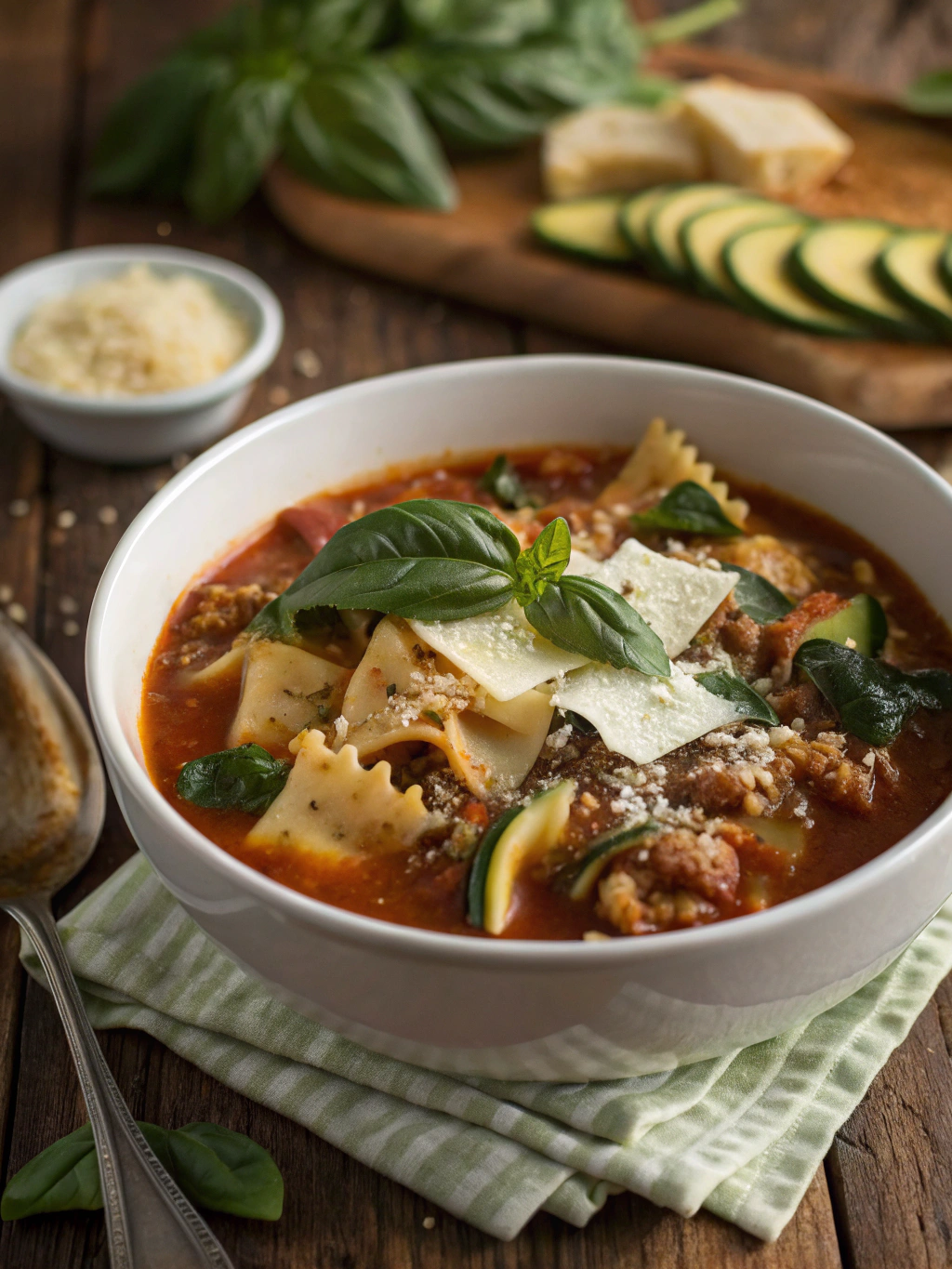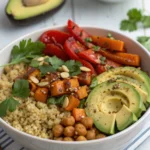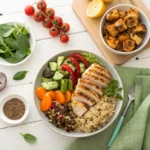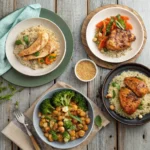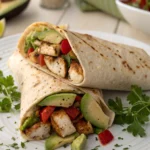Looking to fuel your body with something fresh, filling, and fast? A high-protein pasta salad could be your new go-to. Packed with satisfying ingredients like chickpeas, Greek yogurt, and protein-rich pasta such as Goodles or Banza, this dish isn’t just tasty, it’s a nutritional powerhouse. Whether you’re meal prepping for the week or need a quick post-workout refuel, high-protein pasta salads offer the perfect balance of energy, fiber, and bold flavor.
Protein-packed meals have taken center stage for good reason. According to the National Library of Medicine, high-protein diets support muscle maintenance, help curb hunger, and promote fat loss when paired with balanced carbs and fats. The beauty of a pasta salad? You get all three. The creamy Greek yogurt-based pesto dressing adds richness without the heaviness of mayo, while chickpeas and whole-wheat or legume-based pastas increase fiber and protein with every bite.
These salads are also incredibly versatile. You can enjoy them chilled, warm, or somewhere in between, perfect for busy days or family gatherings. Plus, they’re ideal for meal prepping since the flavors deepen over time, not fade. If you’re someone who values healthy eating without sacrificing convenience or taste, this dish deserves a permanent spot on your menu.
In this article, we’ll explore which ingredients deliver the biggest protein punch, how to build a delicious, nutrient-rich salad, and tips for storing and serving it throughout the week. We’ll also dive into the health benefits that make this more than just a side dish.
Table of Contents
Ingredients That Boost Protein Naturally

To create a truly high-protein pasta salad, it all starts with your base ingredients. The foundation here is protein pasta brands like Barilla Protein+, Goodles, or Banza, which offer blends made with lentils, chickpeas, or wheat protein. Each serving gives you up to 17g of protein more than double that of traditional pasta. Choose the one that suits your taste and dietary preference.
Next comes the chickpeas, a pantry staple and one of the easiest plant-based protein sources you can add to salads. A single cup of chickpeas offers around 14g of protein and plenty of fiber to aid digestion. They’re mild enough in flavor to blend into any dish while adding texture and staying power.
To round it out, Greek yogurt replaces mayo as a creamy base. Just two tablespoons of 0% plain Greek yogurt add nearly 5g of protein with less fat and no unnecessary oils. Mix this with your favorite pesto to create a bright, flavorful dressing that coats every bite beautifully. If you’re not a fan of traditional pesto, consider trying variations like this pesto without pine nuts for allergy-friendly alternatives.
You can also enhance your bowl with chopped bell peppers, English cucumber, and pepperoncini. These low-calorie veggies boost hydration, add crunch, and keep the salad vibrant and colorful.
Need more protein? Try tossing in cubed grilled chicken, hard-boiled eggs, or roasted tofu. For a little inspiration, check out this high-protein egg salad that works great as a side or topper.
Summary :
Protein pasta, chickpeas, and Greek yogurt form a flavorful, nutrient-dense foundation. Together, they create a salad that’s ideal for healthy meal prep or quick lunches.
The Ultimate Guide to High-Protein Pasta Salad Recipes.
This high protein pasta salad is packed with protein-rich ingredients like chickpeas, Greek yogurt, and protein pasta. A perfect meal prep lunch that’s creamy, satisfying, and easy to customize.
- Prep Time: 10 minutes
- Cook Time: 10 minutes
- Total Time: 20 minutes
- Yield: 4 servings
- Category: Salad, Meal Prep
- Method: No-bake
- Cuisine: American, Mediterranean
Ingredients
8 oz dry protein pasta (Goodles, Barilla Protein+, or Banza)
1 15oz can chickpeas, drained and rinsed
1 large English cucumber, chopped
1 bell pepper, chopped
1/2 red onion, finely diced
1/4–1/2 cup pepperoncini, finely diced
1 heavy pinch kosher salt
4 tbsp Greek yogurt (0% or any plain yogurt)
6 tbsp pesto
Instructions
1. Cook protein pasta according to package directions; drain and cool completely.
2. Chop all vegetables and combine with chickpeas in a large mixing bowl.
3. In a small bowl, mix Greek yogurt and pesto until smooth.
4. Add cooled pasta to the veggie bowl and toss with dressing until fully coated.
5. Taste and season with salt; adjust texture with a splash of water if needed.
6. Store in airtight containers for up to 4 days in the refrigerator.
Notes
This salad can be made dairy-free by using vegan yogurt and pesto.
For extra protein, add grilled chicken or hard-boiled eggs.
Nutrition
- Serving Size: 1.5 cups
- Calories: 340
- Sugar: 4g
- Sodium: 410mg
- Fat: 10g
- Saturated Fat: 2g
- Unsaturated Fat: 6g
- Trans Fat: 0g
- Carbohydrates: 34g
- Fiber: 7g
- Protein: 24g
- Cholesterol: 5mg
Dressing It Right: Flavor Without the Fat
A pasta salad is only as good as its dressing, and when you’re aiming for high-protein, it’s not just about flavor. It’s about creating a creamy, satisfying coating that boosts nutrition rather than adding unnecessary fat. That’s where a Greek yogurt and pesto combo shines.
Traditional pasta salad dressings often rely on mayonnaise, sour cream, or heavy oils. While tasty, they add saturated fat and calories with little nutritional value. Replacing them with 0% plain Greek yogurt instantly elevates your salad. Each tablespoon provides protein, calcium, and gut-friendly probiotics. It delivers the creaminess you want with half the calories and more benefits per spoonful.
When combined with pesto, you get a punch of flavor that’s earthy, nutty, and herbaceous. If you’re dairy-free or vegan, you can swap in plant-based yogurt and a dairy-free pesto. For those with nut allergies, consider a nut-free pesto variation that skips pine nuts altogether. This guide on pesto without pine nuts offers excellent options.
What makes this combo especially powerful is how it binds the salad together. Greek yogurt helps mellow the bold flavor of pepperoncini, red onion, and chickpeas. Meanwhile, pesto amplifies the herbs and brightens up the protein pasta. The result? A creamy dressing that feels indulgent but supports your health goals.
If you’re prepping lunches for the week, this dressing holds up incredibly well in the fridge. Unlike oil-based dressings that separate, this one stays blended and flavorful. For best results, store it separately and mix before serving, especially if using watery veggies like cucumber.
Looking for more protein in creative ways? Try pairing your salad with sides like this high-protein egg salad or a sweet treat such as Greek yogurt brownies. Both are excellent complements to a clean, balanced lunch.
Summary :
This protein-packed Greek yogurt pesto dressing is a creamy, healthy alternative to mayo-based dressings, perfect for meal prep and clean eating.
How to Make and Store for Busy Weeks
Creating a high-protein pasta salad that stays fresh, flavorful, and satisfying all week is easier than you think. It’s all about layering ingredients properly, using the right prep method, and storing with intention. Whether you’re packing lunches or prepping quick dinners, this salad was made for grab-and-go eating.
Step-by-Step Assembly
Start by cooking your protein pasta according to package instructions. Whether you’re using Barilla Protein+, Banza, or Goodles, be sure to cook it al dente. Overcooked pasta tends to get mushy in the fridge, especially when mixed with dressing.

While the pasta cools, prep your other ingredients:
- Rinse and drain chickpeas to remove excess sodium.
- Chop veggies like cucumber, bell pepper, red onion, and pepperoncini.
- Combine them in a large bowl with a pinch of kosher salt.

Next, whisk together your dressing: mix Greek yogurt and pesto until smooth. For a little extra zing, stir in lemon juice or a splash of the pepperoncini brine.
When the pasta is fully cooled (you can rinse it with cold water to stop the cooking), add it to the bowl with the vegetables. Fold in the dressing and gently toss until evenly coated. Be sure everything is well distributed, so no bite feels dry or under-seasoned.

Storage Tips for Maximum Freshness
This high-protein pasta salad holds up for up to 4 days in the fridge. Store it in an airtight container or divide it into single-serve portions using glass containers for easy lunches. If you’re using high-moisture vegetables like cucumber, consider storing the dressing separately and mixing just before eating to avoid sogginess.
For extra variety, pair it with mains or sides from this collection of high-protein vegetarian lunches or bold dishes like the sweet potato taco bowl. These options make sure your meal prep week never feels repetitive.
And yes, it’s freezer-friendly, but only without the veggies and dressing. Freeze cooked protein pasta and chickpeas in portioned bags. Add fresh ingredients and dressing after thawing for a quick prep shortcut.
Summary :
Cook protein pasta al dente, toss with protein-rich veggies and creamy pesto yogurt dressing, and store in airtight containers for fresh, ready-to-eat meals all week.
Nutritional Value and Health Benefits.
A well-made high-protein pasta salad isn’t just tasty, it’s a smart nutritional choice. This simple dish delivers an impressive balance of macronutrients, fiber, and key micronutrients, supporting everything from muscle recovery to gut health and energy levels.
Macro Breakdown (Per Serving Estimate)
Here’s an average nutritional snapshot for one serving (about 1½ cups) of this high-protein pasta salad, using ingredients like Goodles pasta, Greek yogurt, and chickpeas:
| Nutrient | Amount (approx.) |
|---|---|
| Protein | 22–26g |
| Carbohydrates | 32–36g |
| Fiber | 6–9g |
| Fat | 8–10g |
| Calories | 320–360 kcal |
This combination of slow-digesting carbs and lean protein keeps you fuller longer and supports steady energy. Chickpeas and Greek yogurt contribute not only protein but also gut-friendly nutrients like prebiotics and probiotics, while the olive oil in pesto adds healthy fats that support nutrient absorption.
Pasta salad also supports blood sugar control better than you might expect. When paired with fiber-rich beans and vegetables, protein pasta causes a slower rise in glucose, making it a diabetic-friendly lunch option when portioned properly.
Looking to balance your lunch even further? Add a side like our high-protein Greek yogurt brownies
For a healthy dessert, or explore more ideas in high-protein lunch recipes for inspiration.
Whether you’re focused on muscle gain, fat loss, or simply eating clean, this salad fits right into your goals. It’s also a great meal to batch prep and share with family, versatile, allergy-friendly, and deeply satisfying.
Summary :
With 22–26g protein per serving, plus fiber and healthy fats, this salad fuels your day, supports digestion, and fits a wide range of wellness goals.
FAQ: Answering Your Top Pasta Salad Questions
What protein is good in pasta salad?
Chickpeas, Greek yogurt, grilled chicken, tofu, and protein-enriched pasta are excellent protein sources for pasta salad. Each adds flavor, texture, and important nutrients.
What makes protein pasta healthy?
Protein pasta, made with lentils, chickpeas, or wheat protein, contains more protein and fiber than regular pasta. It helps support muscle growth and keeps you feeling full longer.
What can you add to salad for protein?
Great protein additions include hard-boiled eggs, beans, tofu, cottage cheese, shredded chicken, or tempeh. You can also mix in protein-rich dressings using Greek yogurt or tahini.
What are the benefits of eating pasta salad?
Pasta salads are rich in complex carbs, fiber, and nutrients. When made with high-protein ingredients, they promote satiety, energy balance, and make excellent meal prep options.
For more recipes, join my Facebook group.
